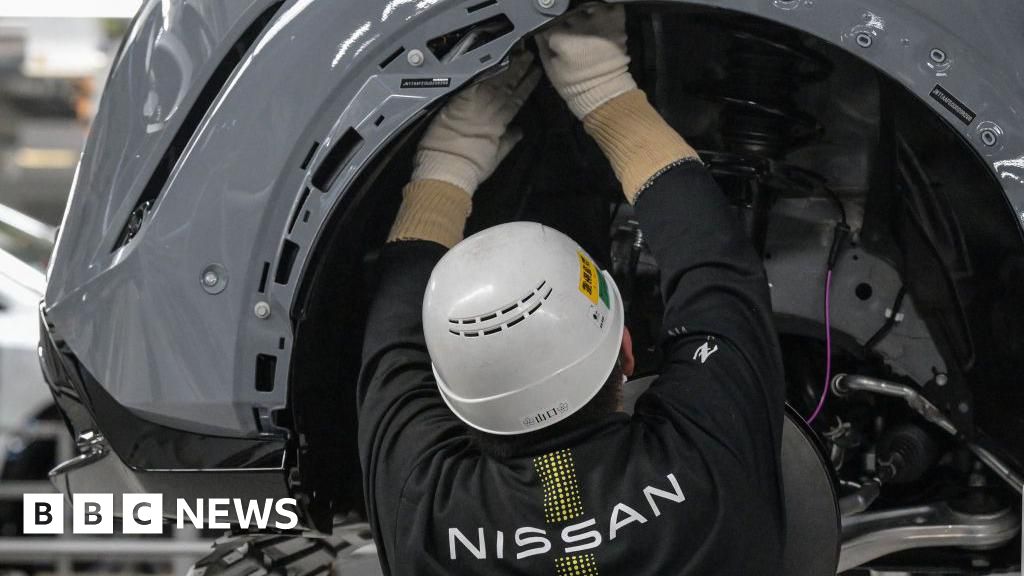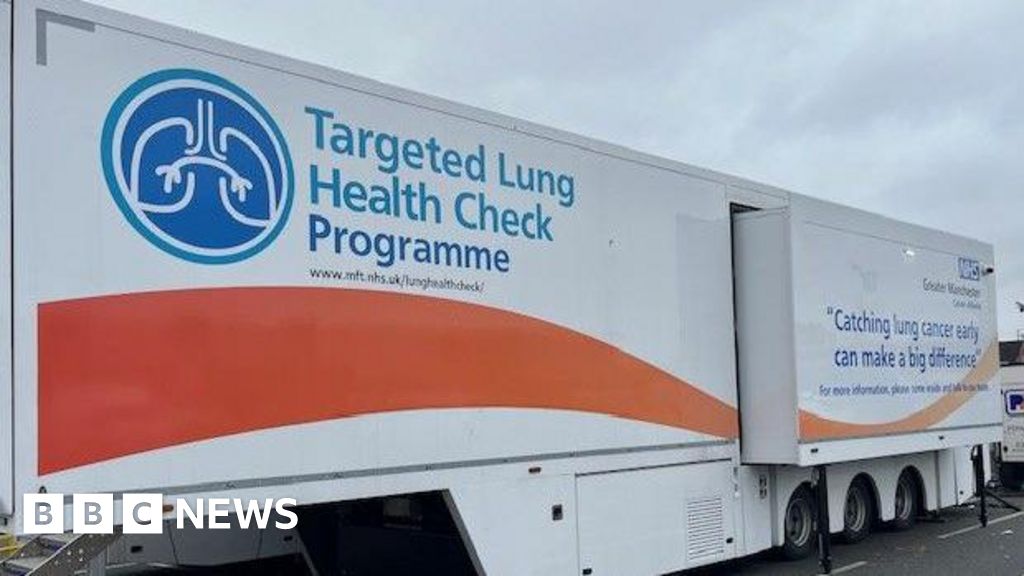The Environmental Protection Agency is imposing new restrictions on the emissions of ethylene oxide, a colorless gas that is widely used to sterilize medical devices and is also a carcinogen.
The regulation, which is expected to be finalized Thursday, would force sterilizing plants and other facilities that use ethylene oxide to install pollution controls to reduce emissions of the gas by about 90 percent.
It would mark the first time in 20 years that the government has tightened limits on the amount of the gas permitted to escape from a manufacturing facility.
Ethylene oxide is used in a number of products but is applied to about half the medical equipment made in the United States to reduce the risk of infection.
When inhaled, the gas can irritate the eyes, nose, throat and lungs, and has been linked to lymphoid and breast cancer as well as damage to the brain and nervous and reproductive systems.
Michael S. Regan, the E.P.A. administrator, said the rule would significantly reduce the health risks to people living near sterilization facilities and called it “historically strong.” He said the rule is part of President Biden’s “Cancer Moonshot” effort to improve cancer prevention.
The rule would affect about 90 sterilizing plants in many states with a large number of them in California, Georgia, Florida, Texas, Puerto Rico and in the Northeast. Nearby communities have become increasingly concerned about cancer risks, and environmental groups have sued the E.P.A. to force it to enact tighter controls.
“Today is an important step forward in regulating toxic ethylene oxide emissions from commercial sterilization facilities, but there is still a lot of work to do,” said Patrice Simms, a vice president at Earthjustice, a nonprofit organization that led the lawsuit. He credited community groups “whose years of advocacy led to increased regulations on an industry that has polluted our communities while cleaning our medical equipment.”
Nearly 13 million people live near these facilities, which pose a disproportionate risk to poor and minority communities, according to an analysis by the Union of Concerned Scientists, an environmental group
“We have followed the science and listened to communities to fulfill our responsibility to safeguard public health from this pollution, including the health of children who are particularly vulnerable to carcinogens early in life,” Mr. Regan said in a statement.
The Biden administration has made addressing the pollutant a key part of its promise to improve conditions in communities disproportionately affected by pollution.
Medical technology groups say that ethylene oxide is the only effective method of sterilizing devices like catheters, wound dressings and surgical equipment. They warned that the E.P.A. rule would interrupt patient care because of the costs and time required to comply with the tougher standards.
Scott Whitaker, the president and chief executive of AdvaMed, a group that lobbies for the interests of medical device manufacturers, said in a statement Wednesday that the group does not oppose updating standards for ethylene oxide. But, he said, facilities must have enough time and flexibility in the types of pollution controls they used.
“We will be reviewing the rule through that lens and remain hopeful that these changes will not have a negative impact on the health care system or the patients we serve,” Mr. Whitaker said.
Mr. Regan said his agency aimed to strike a balance between lowering cancer risks in neighboring communities while preserving the capacity of facilities to sterilize products before shipping them, typically to medical distribution companies. The rule ensures a process “that safeguards our nation’s critical supply of sterilized medical equipment,” Mr. Regan said.
Agency officials said they tried to accommodate the industry’s concerns in the final version of the regulation. For instance, facilities would have more time than originally envisioned to meet the new standards.
The rule goes into effect as soon as it is published in the federal register, which is likely to happen this month. After that, facilities would have two years to install monitoring and pollution controls. They would have another 180 days to demonstrate compliance, and in some circumstances could petition states and the E.P.A. for an extension.
Most commercial sterilizers also will have to conduct continuous emissions monitoring and file quarterly reports to the government.
Chemical manufacturers have already sued the E.P.A. over its updated hazard assessment for ethylene oxide, an analysis that is used to underpin regulations. The medical device industry also lobbied the agency to use a less protective standard.
The new rule is part of a suite of regulations the Biden administration is writing regarding ethylene oxide.
Another rule, which is expected to be finalized within weeks, would reduce hazardous air pollutants from chemical plants, including ethylene oxide. That rule would apply to more than 200 facilities spread across Texas and Louisiana; elsewhere along the Gulf Coast; the Ohio River Valley; and West Virginia. It would update several regulations governing emissions from chemical plants, some of which have not been tightened in nearly 20 years.















































